|
Anyone who's been to Disneyland -- or even just a local playground or grocery store -- has probably seen a young girl in a Disney Princess costume. I remember girls playing dress-up when I was young... but I don't remember owning an official princess dress. I started wondering when this trend started... and whether it's really a good idea for parents to dress their daughters up like princesses as daywear.
My research got interesting pretty quickly. Here are some of the facts that surprised me most:
1. The concept of Disney Princesses didn't exist until 2000.
Disney princesses have been around since 1937, when Persephone starred in The Goddess of Spring.
But the concept of Disney Princesses didn't exist until 2000. Disney's consumer products division was struggling, so they brought on hot shot Nike executive Andy Mooney. As the legend goes, a month into his tenure, he flew to Phoenix to see Disney on Ice -- and he noticed something. The audience was full of little girls who were all dressed in Disney Princess costumes.
Homemade princess costumes. He immediately recognized this as a huge branding opportunity that had long been overlooked. The very next day, he got his team together and began working on operation Princess -- which, today, is a $4 billion franchise that features over 26,000 different products. It is the fastest-growing brand Disney has ever created. 2. Disney Princesses NEVER look at, interact with or acknowledge each other. Mooney's operation Princess was a risky and somewhat controversial move. Disney had never before featured characters out of the context of their story -- and it had had a policy not to combine characters from different movies. Which is why, when you look at pictures of the princesses, they never make eye contact. They stare off in different directions, seemingly unaware of each other. Check it out:
Kind of weird, right?
3. Not all Disney Princesses are princesses, and not all Disney princesses are Princesses. Disney Princesses are not selected for their royal lineage. Tinkerbell, for example, was an original Princess, but her reign was short-lived. Mulan, a commoner who posed as a man to save her aging father from fighting a war against the Huns, was not a princess, but she is a Princess. Cinderella and Belle do not have royal blood, but married into royalty. So what it is that makes a Disney princess (or plebian) a Princess? According to journalist and author of Cinderella Ate My Daughter: Dispatches from the Front Lines of the Girlie Girl Culture, "Bling potential." Indeed, when I think back on my anecdotal experience, I've seen tons of little girls dressed as Snow White or Aurora. I've seen Belles and Cinderellas. I've seen Annas and Elsas, even though I don't think they're official Princesses yet. But I haven't seen any Mulans or Pocahontases. These women don't wear glamorous dresses, but warrior clothes. They run through the woods and jump over waterfalls and fight Huns and stop wars and save nations. (They're also not white, so that could be part of it.) 4. Although Mulan spends most of the movie in her warrior clothes, almost all of her merchandise features her in a glamorous kimono -- the very outfit that made her miserable in the beginning of the movie. For those who have forgotten, here is the first (and probably most famous) song from Disney's Mulan:
Likewise, the last several Halloweens have yielded countless girls dressing as Elsa from Frozen -- even though the character who is clearly more fun, interesting and compelling character is her younger sister Anna. Perhaps this is because Elsa wears a cooler dress? I hope it's about the dress -- because otherwise, we're seeing a scary trend of girls choosing to emulate the helpless, emotional princess who needs rescuing over the brave, determined princess who does the rescuing.
5. Aurora, one of the most popular Princesses, has only 18 minutes of screen time -- and only 18 lines of dialogue in the whole movie, making her one of the quietest, most passive princesses ever. Again -- let's hope that girls are choosing her because her dress is pretty, and not because they aspire to be passive and helpless damsels in distress. 6. Disney Princesses was released without advertising, marketing or focus groups -- and to this day, they do little research before launching new products. 26,000 consumer products. $4 billion. And hardly any research. According to Andy Mooney, "We simply gave girls what they wanted. But none of us grasped how much they wanted this. I wish I could take the credit, but all we did was envision a girl's room and think about how she could live out the princess fantasy. What kind of bed would a princess like to sleep in? What kind of alarm clock would a princess want? What kind of TV would a princess want?" Not that most girls have all of these items. But... most girls have three or four of them. As Peggy Ornstein writes, "We have never purchased any Disney Princesses items. But a few coloring books, a blowup mattress, and other miscellaneous items have found their way into our home." But, Ornstein continues, "With over 26,000 items just from Disney, you have to ask yourself: where does 'want' end, and 'coercion' begin?" Indeed, even girls who like Dora the Explorer -- the short-haired, brown-skinned, backpack carrying world explorer -- have the option of buying Fairy Princess Dora. Her hair gets all long and pretty when you touch her crown, and she has catchphrases like, "Will you brush my hair?" and, "Vamanos! Let's go to Fairy Land!"
Which kind of reminds me of this:
***
In spite of all the apparent negatives, I couldn't find any studies that prove that princesses are damaging to girls' self-esteem or goals. In fact, I've written that it is well-meaning teachers and parents, not "unrealistically" beautiful princesses, that give girls self-esteem problems. Moreover, I've written about how teaching self-esteem is pointless -- there is no causal relationship between self-esteem and any positive outcome. But. There are definitely toys and books that will be FAR more beneficial to your daughter's development than some stupid helpless princess. For example, The Girl Who Never Made Mistakes, by Mark Pett and Gary Rubestein.
This is one of the best possible STEM/STEAM "toys" you can give your child. After all, The Girl Who Never Made Mistakes explicitly teaches children to develop a growth mindset -- without which your daughter will never excel in math or science. Or anything. If you're afraid to make mistakes, you will never be creative. You will never be an innovator. You will never try something no one's ever tried before. You'll just stay in your safe zone.
Some of my other favorite toys "for girls" include:
Any others? Let me know in the comments.
Want to know more about this? Don't miss:
0 Comments
Leave a Reply. |
About the Author

Eva is a content specialist with a passion for play, travel... and a little bit of girl power. Read more >
Want to support The Happy Talent? CLICK HERE!
Or Find me on Patreon!
What's Popular on The Happy Talent:
Trending in Dating and Relationships:
What's Popular in Science: Playfulness and Leisure Skills:
Popular in Psychology and Social Skills:
Categories
All
|

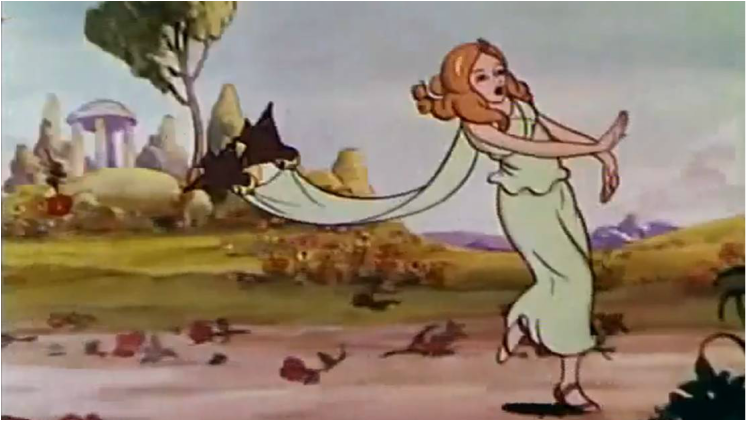
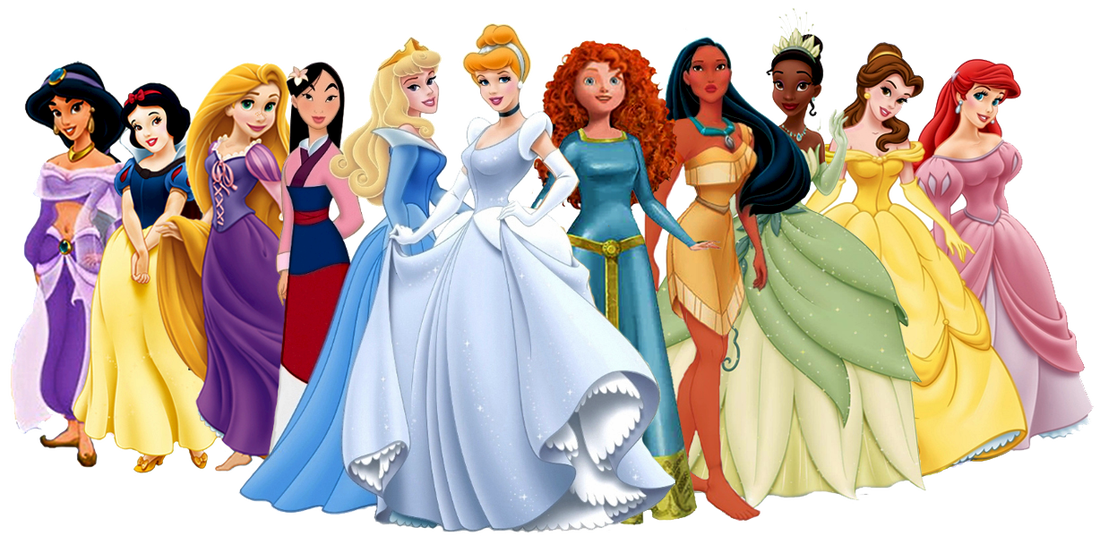




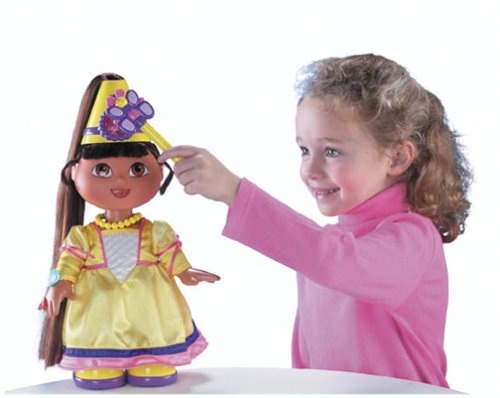
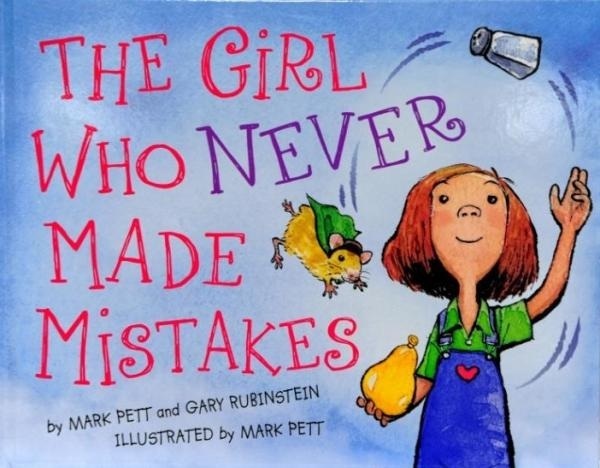




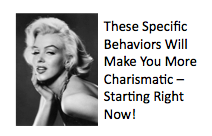

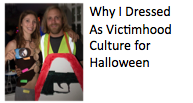
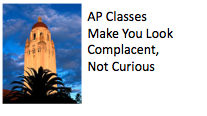
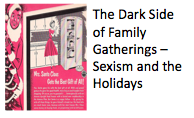

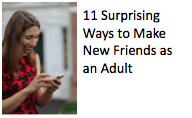










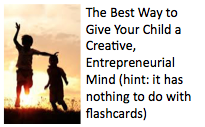






 RSS Feed
RSS Feed